MyHeritage’s New Health+Ancestry DNA Kit
New on the DNA Front: The new MyHeritage DNA Health + Ancestry test is now available and provides comprehensive health reports for conditions affected by genetics including heart disease, breast cancer, type 2 diabetes, and Alzheimer’s disease. Plus you’ll still get the genealogy tools for matching and discovering common ancestors. Read on to learn more about what health data is provided, how to order, the privacy policy, and more. Also keep in mind that DNA and health testing are a personal responsibility and decision, and the information provided below is for informational purposes only.
MyHeritage Expands to Health
Taking the Test
MyHeritage DNA Health + Ancestry is a Laboratory Developed Test, processed in a CLIA certified and CAP accredited DNA lab in Texas. The at-home DNA test is an easy and painless cheek swab, and does not require spitting as some other tests do, which makes it more suitable and convenient for all populations, including older people.
Health reports only determine users’ genetic risk for the supported conditions. However, all users are required to complete a personal and family health history questionnaire, to ensure that each user receives the reports appropriate for them. MyHeritage works with PWNHealth, an independent physician network and genetic counseling service, to provide end-to-end physician oversight of the MyHeritage DNA Health + Ancestry test for all U.S. customers, which includes genetic counseling, if appropriate. PWNHealth’s physician oversight and genetic counseling fee is included in the total price.
Your Health Data is Private
Privacy is strictly enforced. All health data is protected by state-of-the-art encryption. Health report data is secured using additional password protection and is so secure that even MyHeritage employees cannot access it. MyHeritage has never licensed or sold user data, and has committed to never do so without obtaining explicit user consent. MyHeritage is the only consumer DNA company that has pledged to never sell data to insurance companies. It also applies a strict policy to prohibit use of its DNA services by law enforcement agencies.
Pricing & Ordering
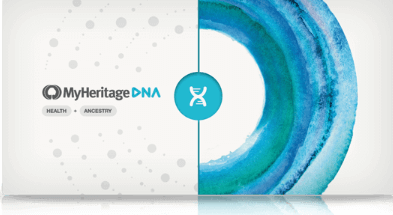 The MyHeritage DNA Health + Ancestry kit is available at the price of $199 + shipping. Users who have already purchased a MyHeritage DNA test for ethnicity and genealogy matching can upgrade to receive health reports for $120. To order, visit the MyHeritage DNA website. An annual Health subscription is available as an optional add-on to the new DNA kit, which grants users access to new health reports as they are released. As a special benefit for the launch, the Health subscription is currently offered for free for the first twelve months and users can cancel it anytime.
The MyHeritage DNA Health + Ancestry kit is available at the price of $199 + shipping. Users who have already purchased a MyHeritage DNA test for ethnicity and genealogy matching can upgrade to receive health reports for $120. To order, visit the MyHeritage DNA website. An annual Health subscription is available as an optional add-on to the new DNA kit, which grants users access to new health reports as they are released. As a special benefit for the launch, the Health subscription is currently offered for free for the first twelve months and users can cancel it anytime.Disclaimer
The new health product is not intended to independently diagnose, prevent, or treat any disease or condition or tell users anything about their current state of health in the absence of medical and clinical information.
The product is also not intended for making medical decisions, including prescription or dosing of medications. Users may need to obtain further services from their physician, a genetic counselor, or other healthcare provider, in order to obtain diagnostic results regarding the conditions or diseases indicated within the MyHeritage DNA health reports.
The health reports provide genetic risk information based on assessment of specific genetic variants but do not report on users’ entire genetic profile. The health reports do not detect all genetic variants related to a given disease, and the absence of a variant tested does not rule out the presence of other genetic variants that may be related to the disease.
For most diseases, currently known genes are only responsible for a portion of the overall risk. Other factors such as environment and lifestyle may affect the risk of developing a given disease and, depending on the condition, may be more relevant predictors.
If a user’s data indicate that the user is not at elevated genetic risk for a disease or condition, this should not be interpreted as meaning that the user is safe from developing the disease or condition. The opposite is also true; if a user’s data indicates that the user is at an elevated genetic risk for a disease or condition, it does not mean that the user will definitively develop the disease or condition. Any findings within the health reports should be confirmed and supplemented by additional medical and clinical testing as recommended by the user’s healthcare provider.
MyHeritage DNA Health + Ancestry is available globally except in a few countries that do not allow health-related consumer genetic testing. In the USA, it is available in all states except New York, New Jersey, and Rhode Island, where separate laboratory certifications are required and are currently being pursued. Altogether, MyHeritage DNA Health + Ancestry is now the genetic test for health available in the greatest number of languages and with the widest global reach.
Disclosure: This article is a press release provided by MyHeritage. It is intended for informational purposes, and not intended as a promotion of DNA health tests. This article does contain affiliate links and Genealogy Gems will be compensated if you make a purchase after clicking on these links (at no additional cost to you).

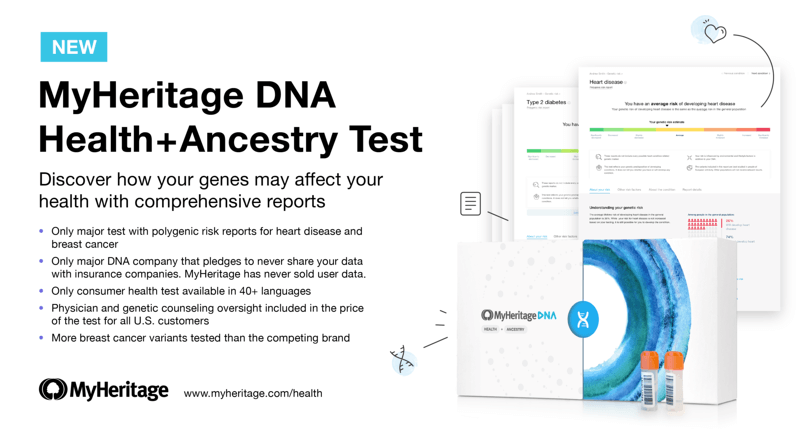
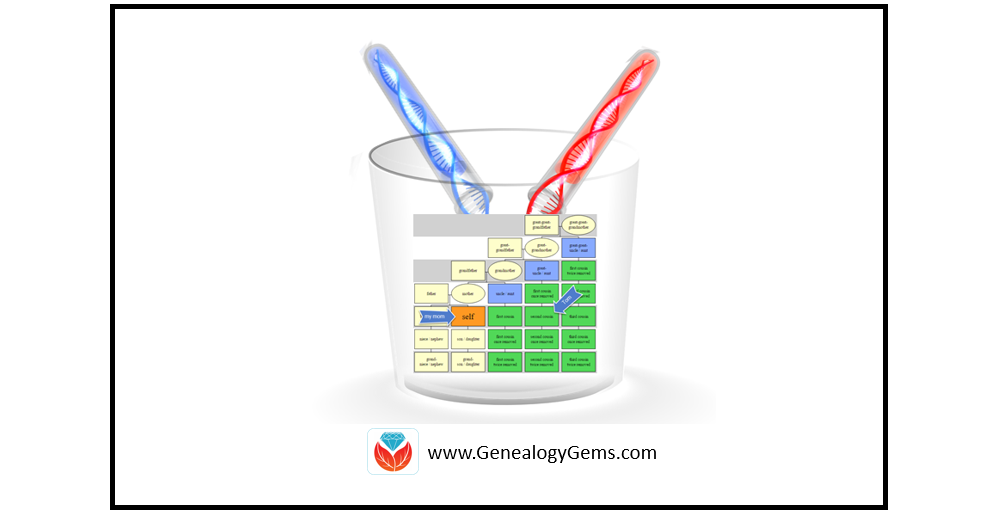


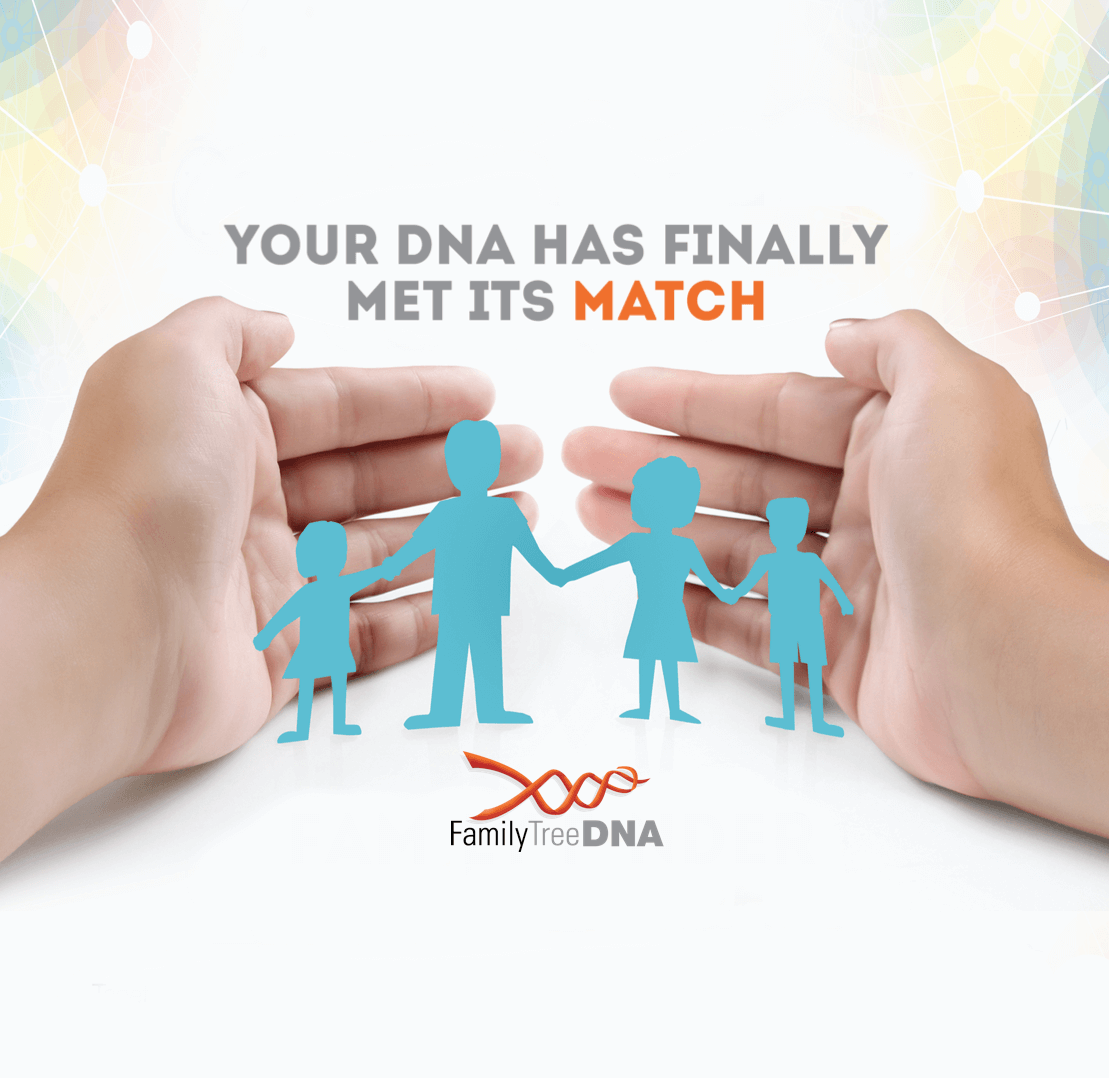
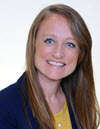

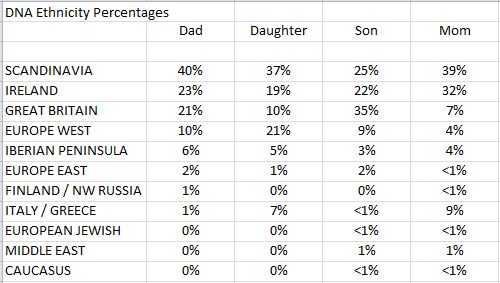








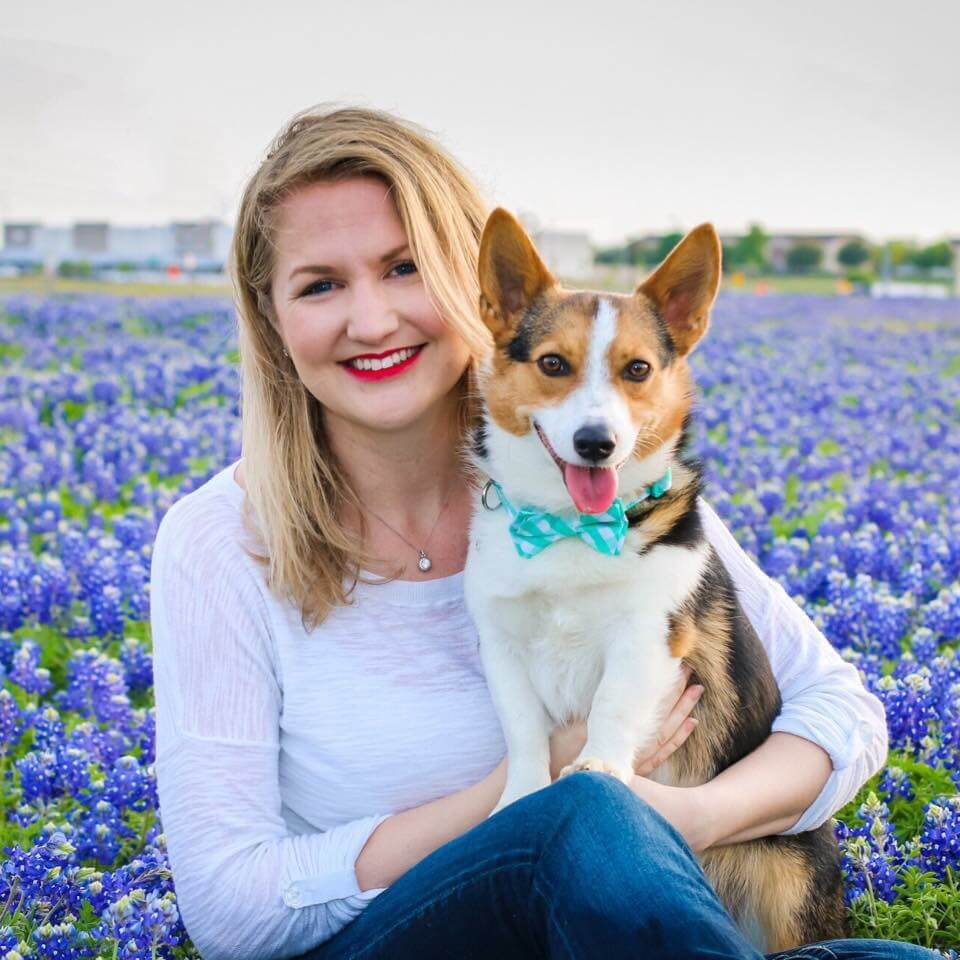
 You’ve taken your DNA test for genealogy and anxiously waited for your results. When they arrive, you dive into the ethnicity pie chart. Then matches start rolling in and it can become a little overwhelming to make sense of it all and the benefit it can provide to your genealogy.
You’ve taken your DNA test for genealogy and anxiously waited for your results. When they arrive, you dive into the ethnicity pie chart. Then matches start rolling in and it can become a little overwhelming to make sense of it all and the benefit it can provide to your genealogy.
